AARP Hearing Center


Have you looked at your skin in the mirror and decided that it needs some refreshing? If you tried antiaging creams but didn’t see much of a difference and you don’t want the expense and downtime of cosmetic surgery, a chemical peel might be worth considering.
A chemical peel essentially “sands off” the outer layers of skin to exfoliate, build collagen, smooth fine lines and wrinkles, and correct hyperpigmentation, age spots, and sun damage. “On a continued basis, along with basic skin care, the overall look and feel of the skin is improved,” says Lyle Leipziger, M.D., chief of plastic surgery at LIJ Medical Center and North Shore University Hospital in Manhasset, New York.
Peels use many different ingredients and intensities to achieve the desired results.
And they are appropriate for all adults, says Kachiu C. Lee, M.D., clinical assistant professor of dermatology at Temple University and cosmetic dermatologist at Main Line Center for Laser Surgery in Ardmore, Pennsylvania, even for mature adults with thinner, crepey skin. “I don’t look at the patient’s age when deciding on which peel products to use, but rather, I look at the quality of their skin, the size of their pores as well as other indicators,” she says. Leipziger agrees, noting that it’s all about good skin tone and integrity. “There are ways to do peels in people that are older. Instead of doing a more aggressive peel you might do a series of more superficial peels to help get improved results.”
Light, medium and deep peels
The three peel types differ by how deeply each one penetrates the skin.
Superficial peels are the lightest variety. They get only into the epidermis, which is the uppermost layer of skin. “Those are good for giving you that glow right before you have a 50th high school reunion,” says Lee.
Medium depth peels penetrate to the upper part of the dermis, which is the next layer down. “Because it penetrates a little bit deeper, it’s a better peel for producing more rejuvenation — so think fine lines, dark spots, and sunspots,” she says.
Deep peels reach into deeper layers of the dermis. Those are the best peels for people who want to minimize deep-set lines or skin pigment issues.
The deeper the peel, the better results you’ll see, but also the more side effects and downtime you can expect. “I tell people if they do deep chemical peels that they will look at least five, if not 10 years younger in terms of their skin texture,” Lee says. However, expect to be stuck at home for a month or more with pink and swollen skin, which is why many of her patients don’t choose deep peels.
Deeper peels also come with potential risks like skin irritation, redness, burning, itching, blistering, infections and scarring.
































































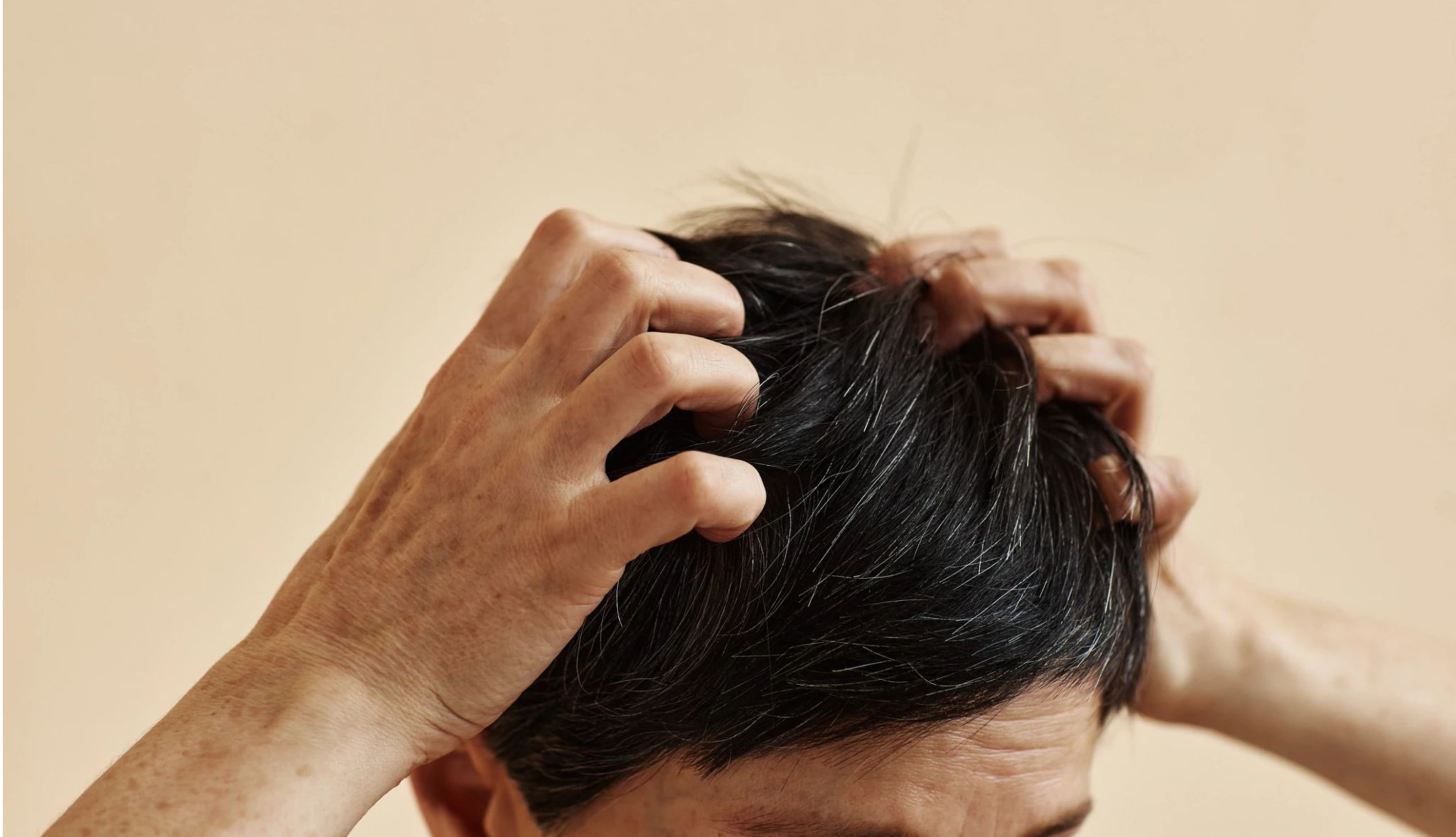
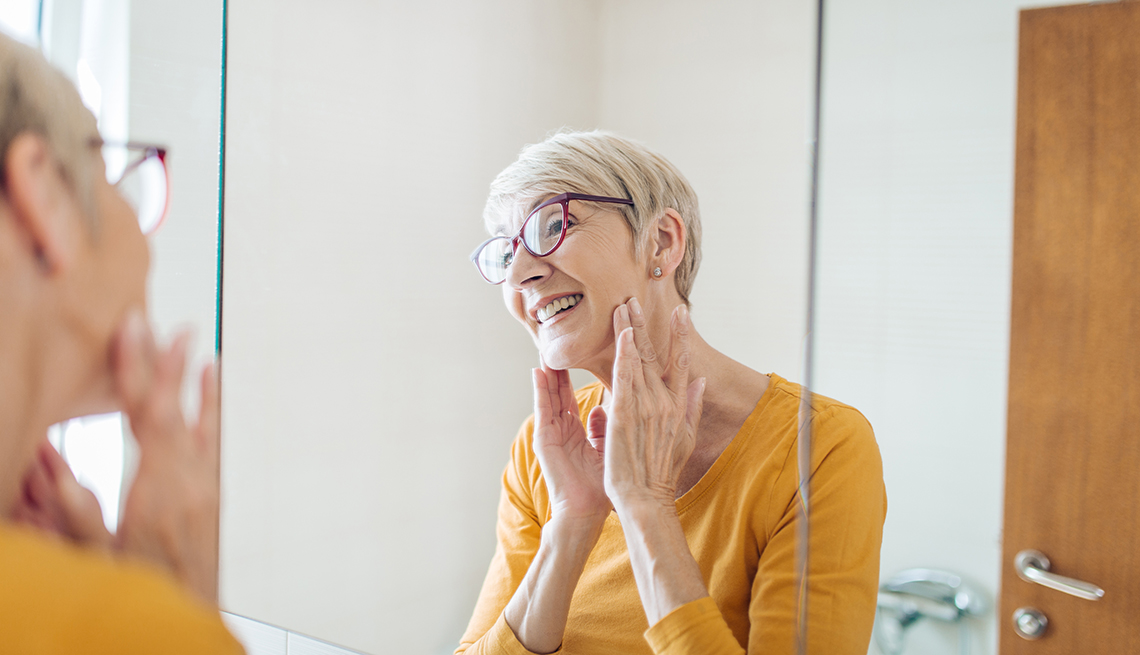
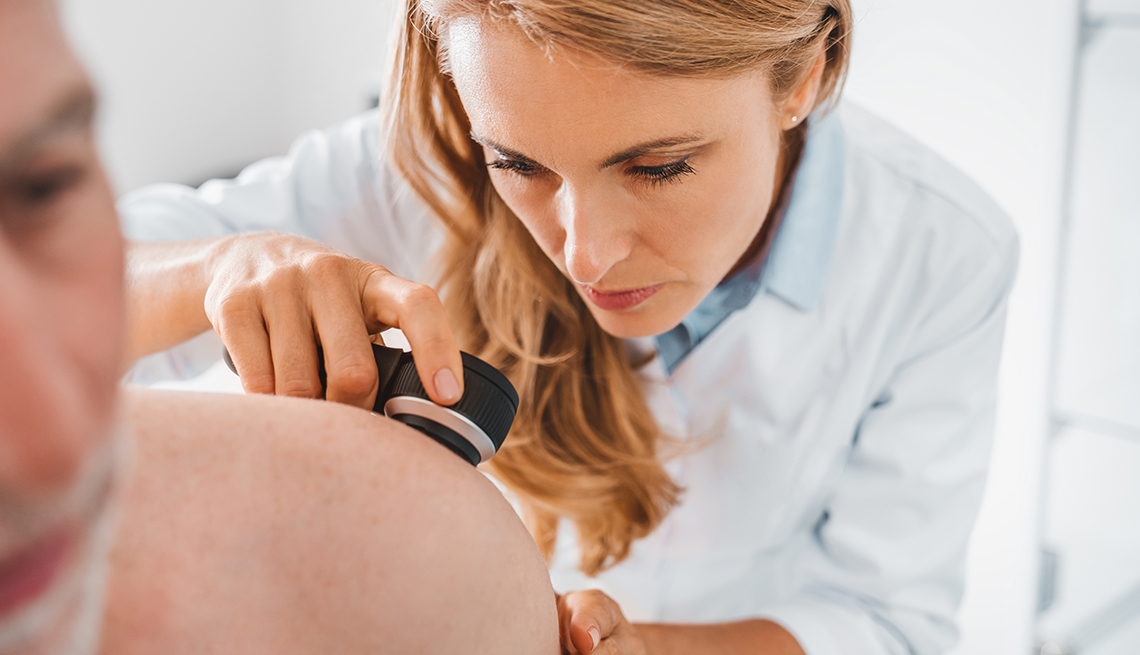

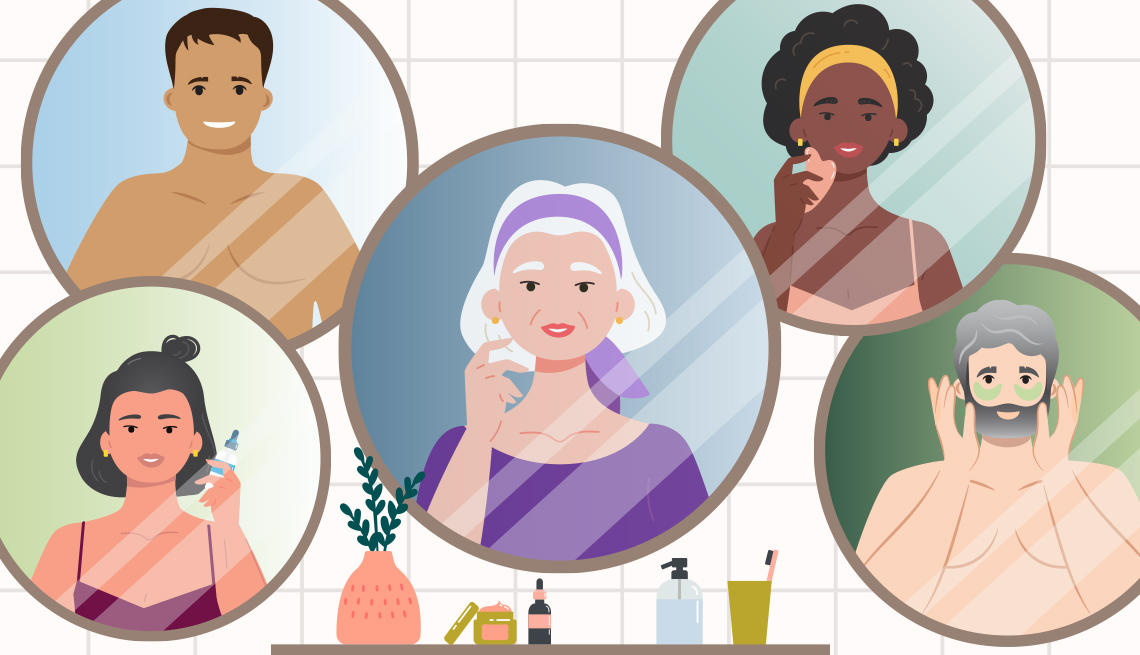
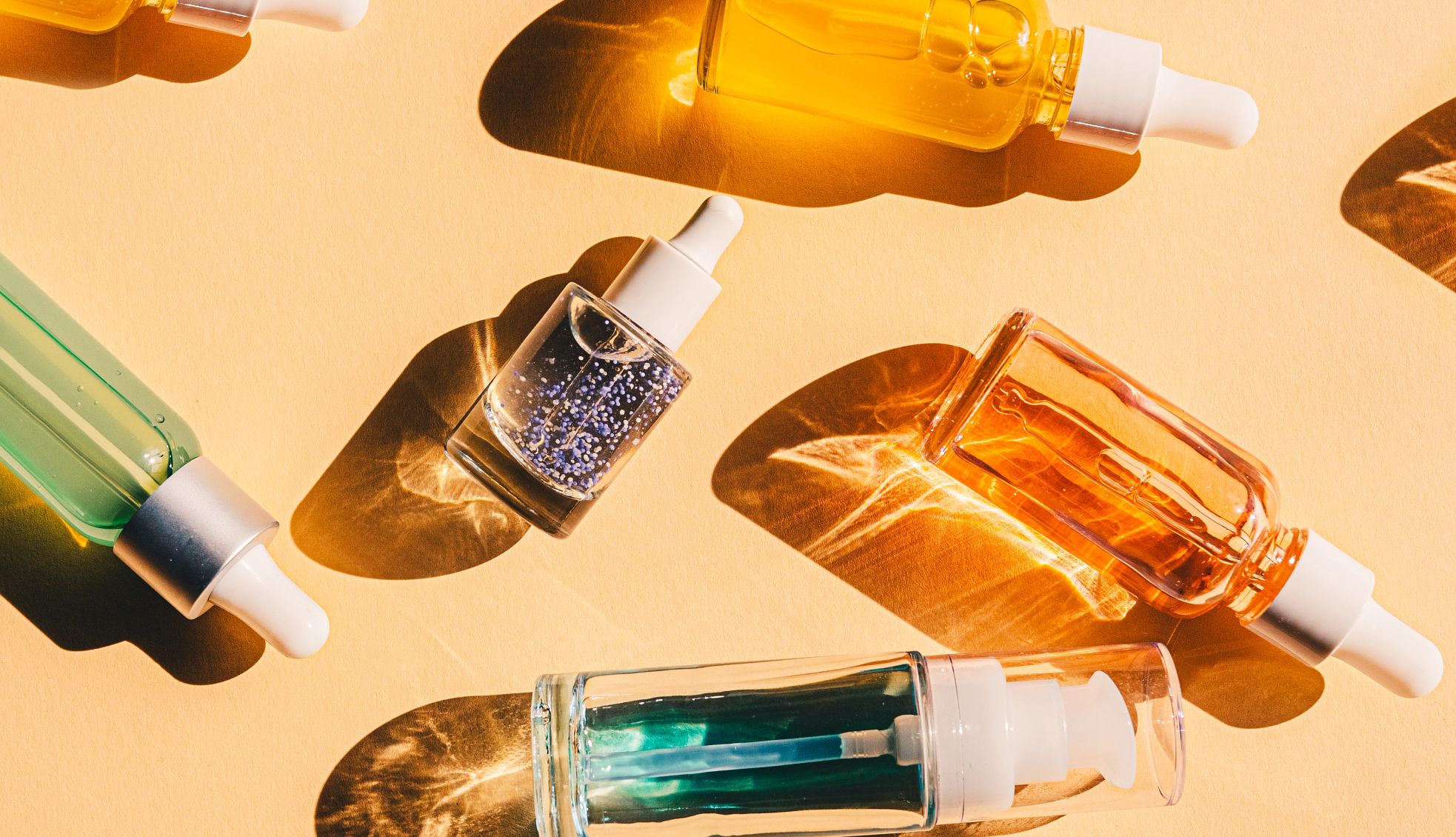
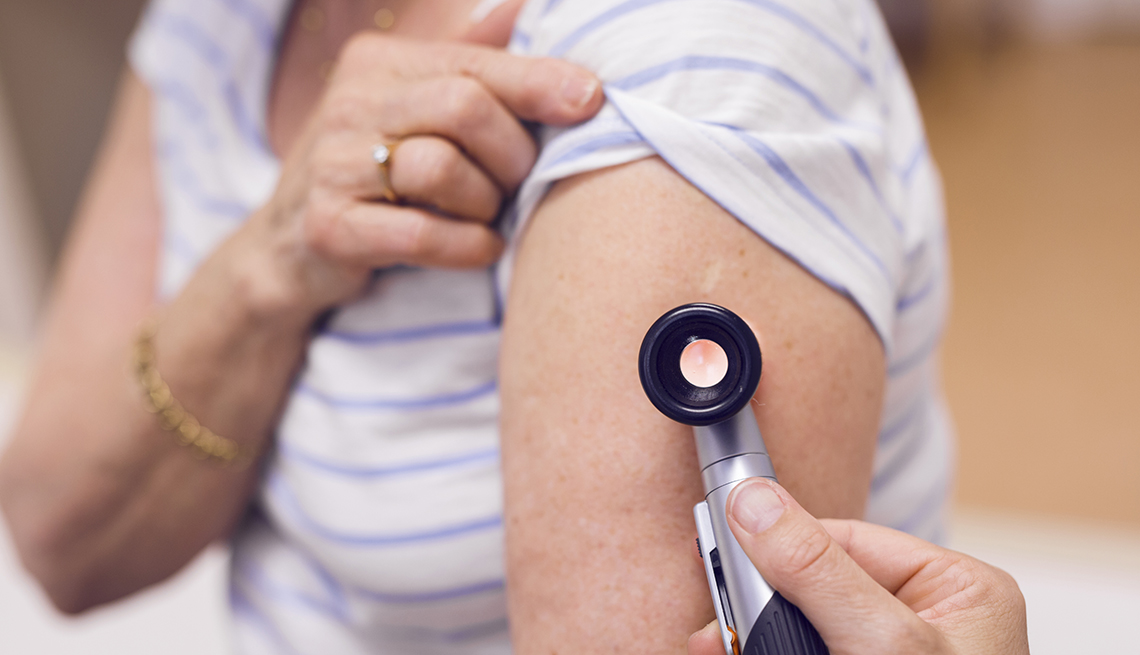

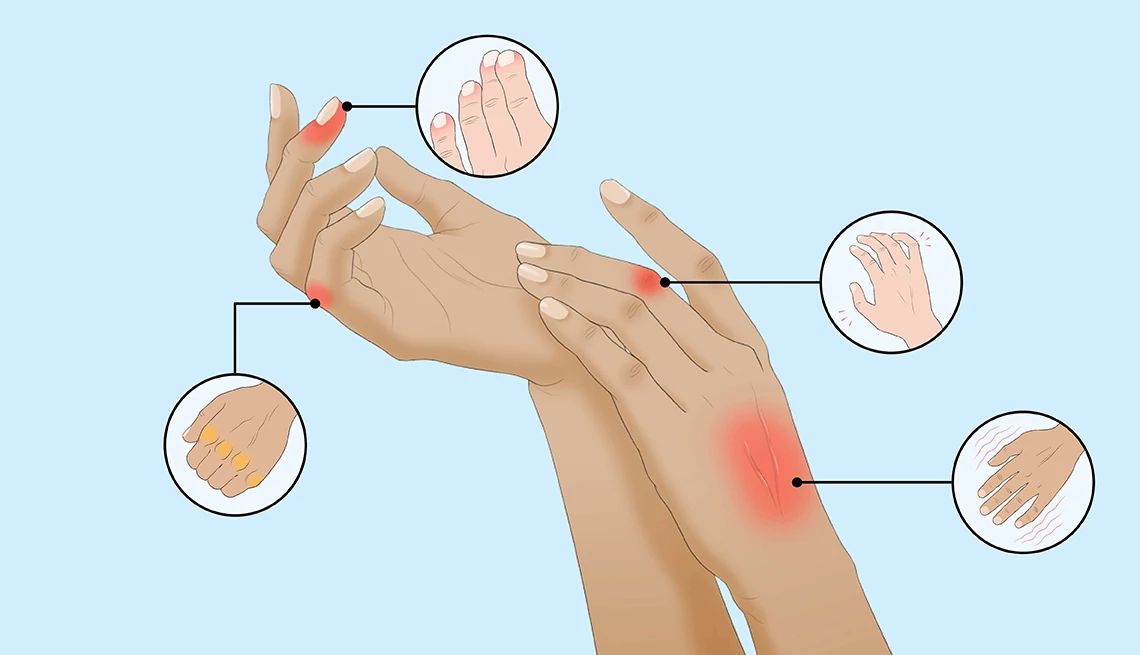

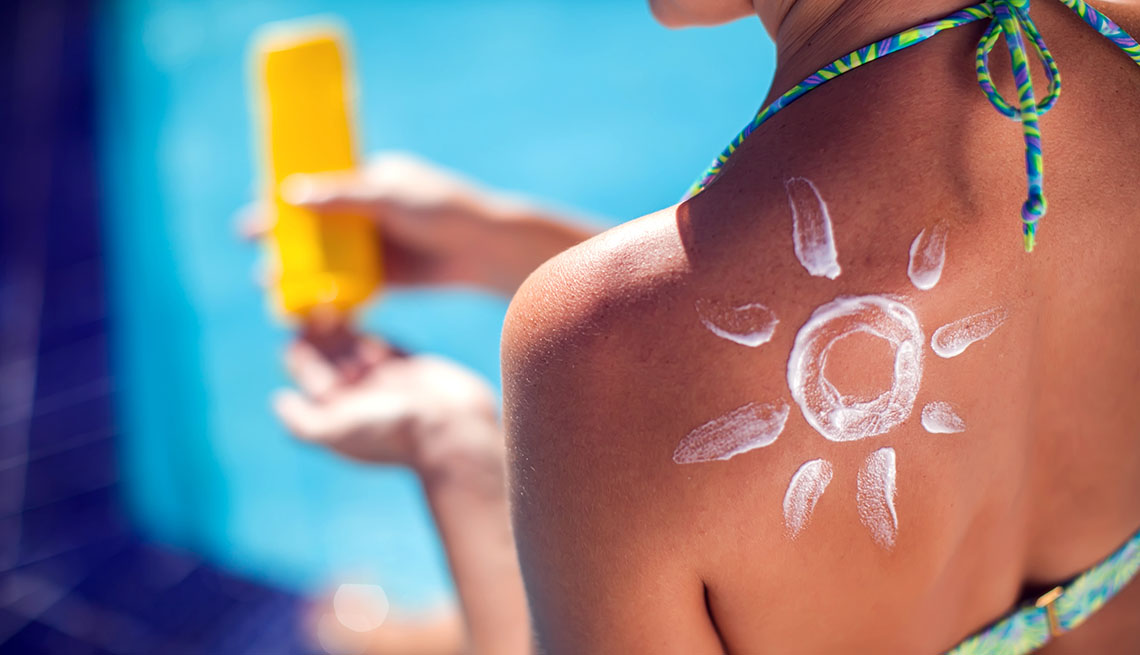



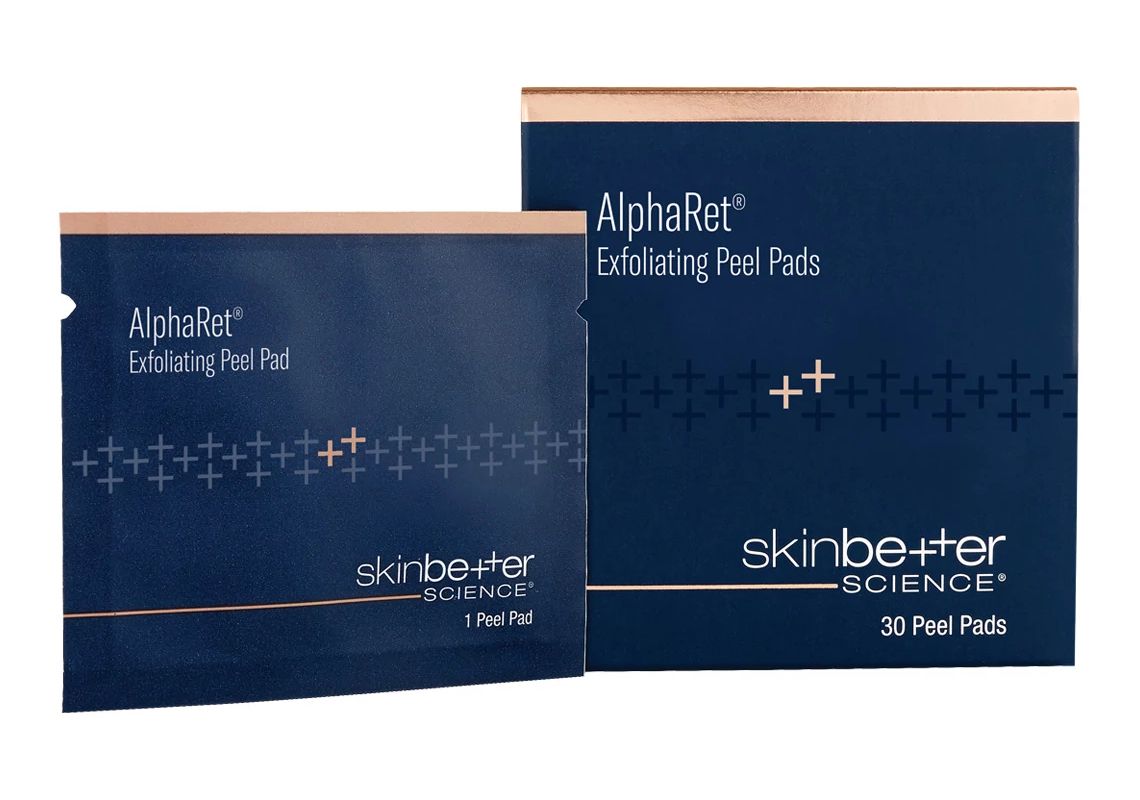
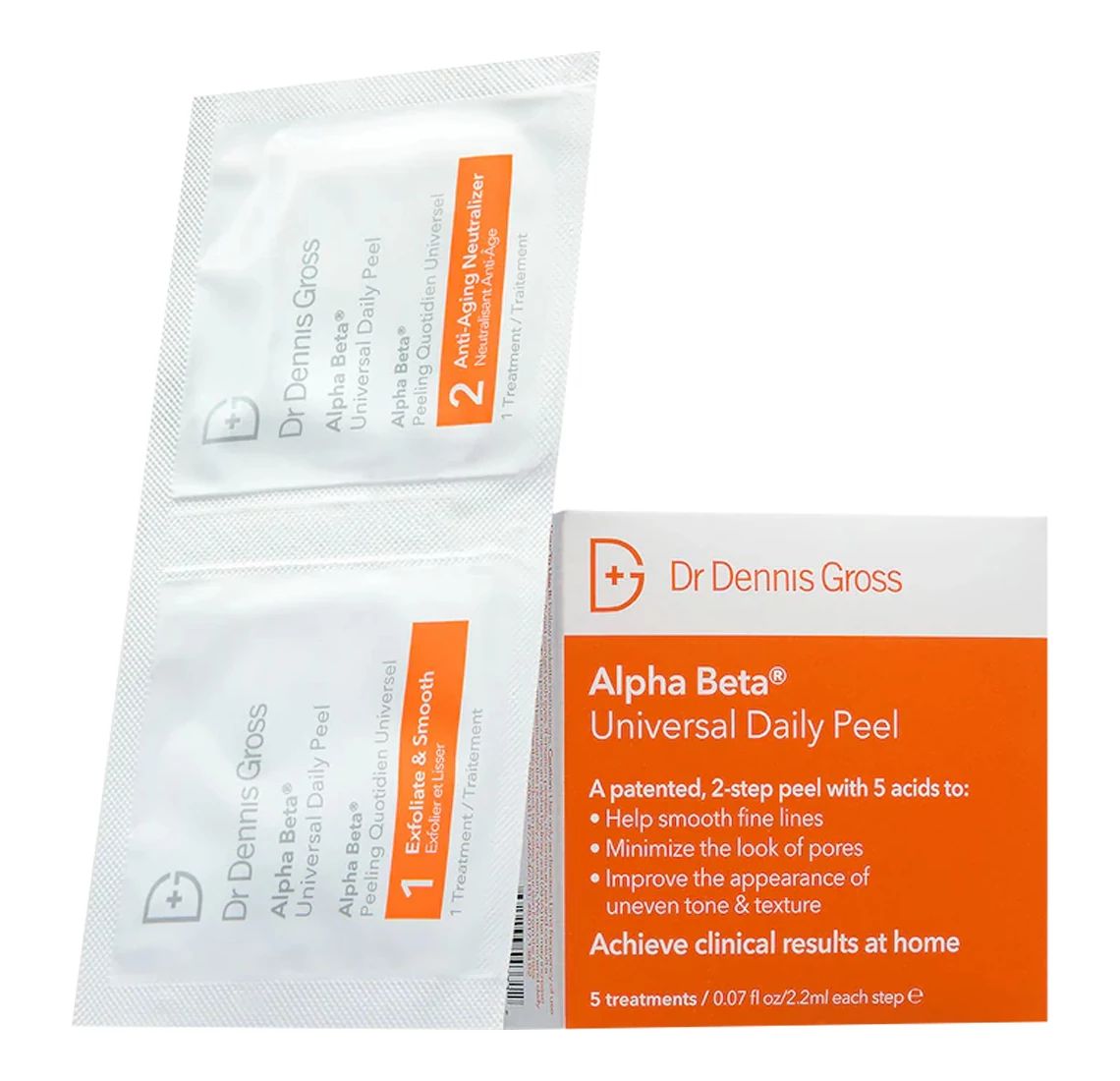
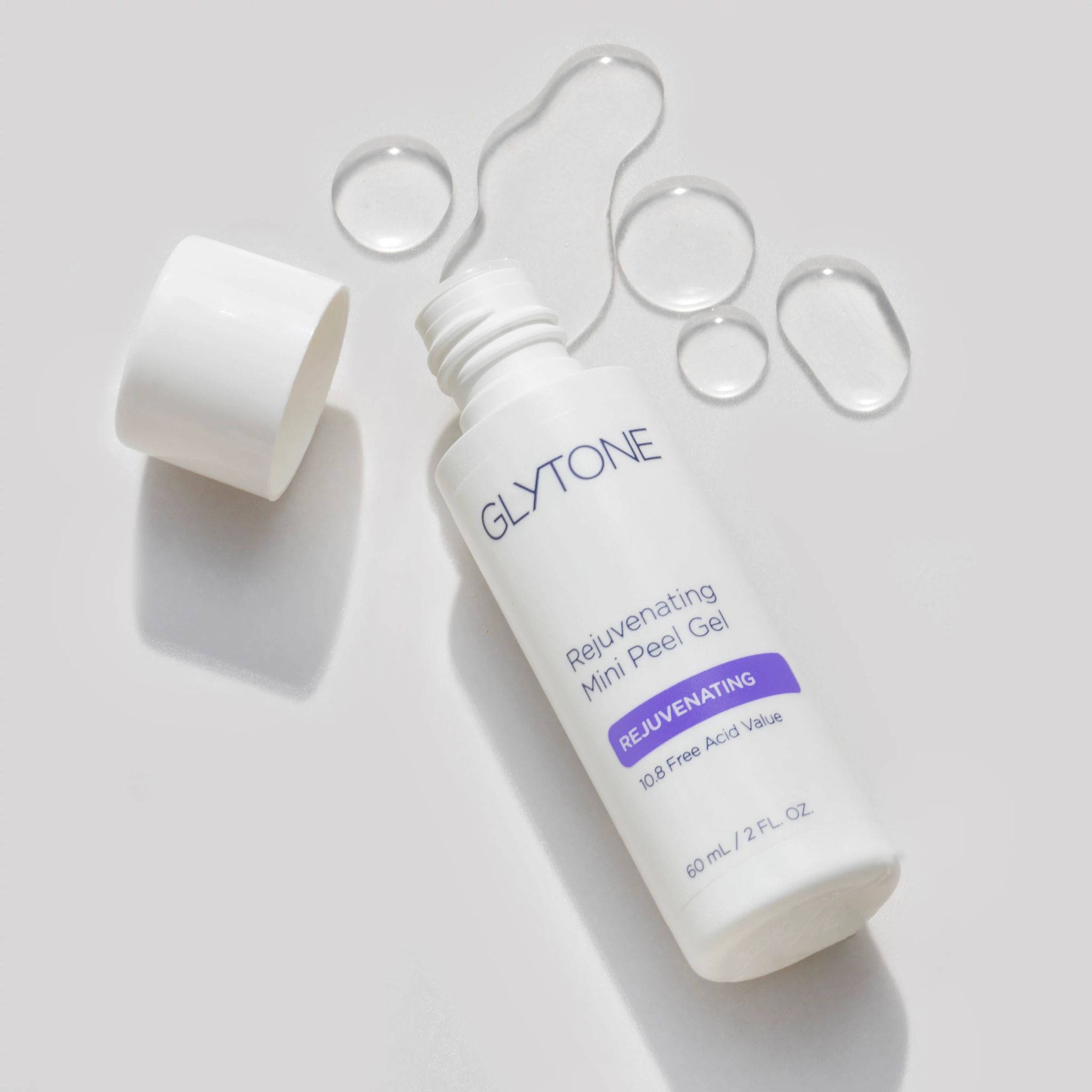




More From AARP
Drugstore Skin-Care Buys Better Than the Pricey Stuff
Keep aging skin polished, plumped and pampered for less
Skip the Scams: Skin Care That Really Works
Products and solutions that make a differenceHow to Choose the Right Face Cream and Serum
Find the perfect product to target specific skin issuesSkin-Care Tips From Black Women Dermatologists
Docs unveil their personal skin care stash
Recommended for You